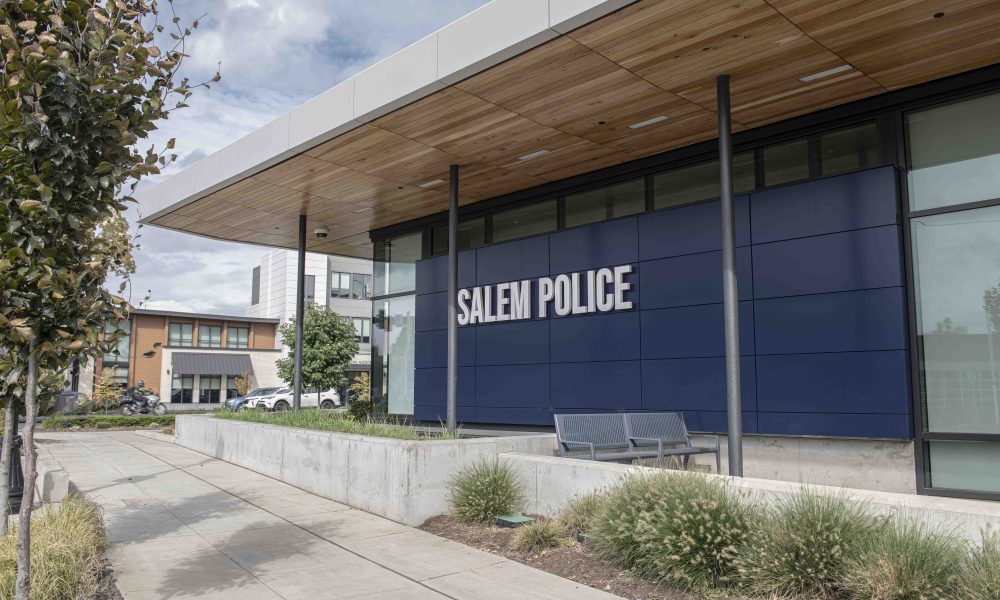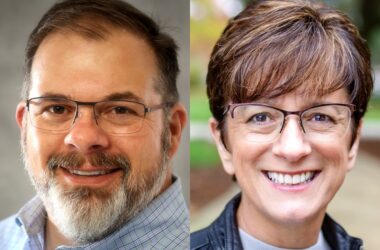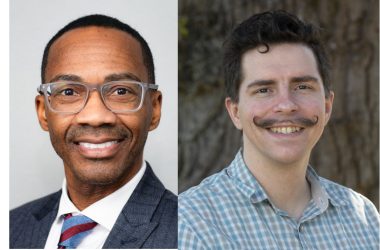Salem police need to intervene in the lives of gang members, work with vulnerable teenagers before they become involved in violence and focus police patrols on areas enduring the bulk of the city’s shootings, according to a recently released report.
In response to steadily rising violent crime over 15 years and recent high-profile shootings, the Salem Police Department hired experts to analyze data and digest the state of gun violence in the community.
The report included the researchers’ recommendations on how Salem and Marion County officials can curb such violence, which has doubled in the past five years. The data did not include shootings involving police or reports of gunfire when no one was struck.
Meanwhile, the number of teenagers arrested for serious assaults has tripled in the past three years. The report also found that much of the recent violence has been concentrated in northeast Salem.
“While gun violence is a dynamic and complex problem, these patterns and common risk factors suggest that the city of Salem could generate significant impacts with collaborative partnerships and hyper-focused intervention strategies,” according to the report.
The recommendations were broad and didn’t identify costs for any of them or what results to expect if they were implemented.
READ IT: Gun violence analysis report
Salem Mayor Chris Hoy and Colm Willis, chair of the Marion County Board of Commissioners, did not respond to a written question about whether they agree with the recommendations.
Trevor Womack, chief of the Salem Police Department, said in a public statement Friday that his agency is “taking proactive steps to intervene and address these challenges head on.”
“However, we recognize that effectively reducing shootings requires a united, whole-of-community approach. To initiate this collective effort, we will soon begin a broader discussion on how we, as a community, can and should respond,” Womack wrote.
The Salem City Council, commissioners and Salem-Keizer School District leaders plan to meet in a rare joint session to discuss the report’s findings. They will consider recommendations from researchers on what it will take to reduce shootings in Salem.
The hour-long public session will be held Monday at 6 p.m. in the Salem Public Library’s Anderson Rooms. It will also be streamed live on YouTube in English and Spanish.
In a statement to Salem Reporter, Womack described the work session as “a critical first step in the process of strategy development.”
“We generally agree with the recommendations,” he said. “We, along with our criminal justice partners, are collaborating well and focusing on this issue. We believe this report and its recommendations will help to increase community awareness and partnership around the problem in furtherance of those efforts.”
The recommendations came from two researchers hired by the city. They are Dr. Lisa Barao, an assistant professor of criminal justice at Westfield State University in Massachusetts, and Christopher Mastroianni, a special operations group sergeant at the Hartford Police Department in Connecticut who worked on the Salem project in his private capacity.
Barao did not respond to a written question about where the recommended actions have worked in other communities, and Mastroianni could not be reached for comment.
Gang intervention
At least half of shootings in Salem over the past five years involved gang members as victims, suspects or both, according to the report. Researchers estimate that number could be as high as 85%.
City and county officials need to devise a strategy for reducing violence that involves nonprofits and and criminal justice agencies, researchers said. They said such an approach should be flexible to deal with the “fluid and dynamic nature” of gang associations in Salem.
The report said that identifying and intervening with gangs and members at the highest risk for violence would reduce their chances of becoming shooters or victims.
Researchers recommended that Salem police beef up their intelligence on gangs and their members and increase “enforcement operations” related to gangs.
The report described gaps in such information, particularly after Salem police disbanded their Gang Enforcement Team in 2019.
Salem police are not currently doing any intelligence assessments for gangs, according to department spokeswoman Angela Hedrick. “The only assessment we have requested was the gun violence problem analysis,” she said in an email Monday.
Police identified eight active gangs in Salem.
The researchers noted that those at most risk of being involved in violence are “identifiable and share several common characteristics,” according to the report.
They tend to be primarily Hispanic and Black men between the ages of 18 and 34, researchers found.
The researchers recommended that police use such characteristics to decide who to focus on with services and enforcement to mitigate the violence.
In their work, researchers consulted Salem police, the Marion County Sheriff’s Office, the school district, the Marion County District Attorney’s Office, and Marion County Juvenile Probation and Parole.
“Partners stated that the city of Salem lacks organizations capable of providing intensive case management or mentorship to very high-risk individuals,” according to the report.
Researchers recommended identifying community organizations that can help police work with those at the highest risk of gun violence.
They recommended more information sharing among police and community groups to route those at risk to services that could help them avoid lives of violence.
Salem police should also work with the state Department of Corrections to get information about high-risk people being released into the community while coordinating with community organizations to provide services that reduce their risk of reoffending.
Teens at risk
Teenagers made up about 5-10% of victims and suspects of gun violence in Salem between 2018 and 2021, the data showed. That number has since jumped to well over 20%.
Researchers found that information about teenage gang involvement in particular has been lacking since Salem police shut down their gang unit. That has been compounded by the school district’s decision in 2021 to remove school resource officers from local high schools, the researchers said.
The researchers said police and school officials should be in better communication about young people at the highest risk of being involved in gun violence. They need to identify community groups that specialize in “intensive case management” to serve at-risk youth.
The suggestions are welcome and touch on gaps in existing partnerships between the Salem-Keizer School District and local law enforcement and youth agencies, said Chris Baldridge, the director of safety and risk management for the district. He is a former lieutenant with the Marion County Sheriff’s Office.
“As a school district, we energetically agree with the identification of the core issues and recognize that it requires intensive community-based coordination. If we had a broader network of services and support in the community, we believe that could help curb the problem,” Baldridge said in an email.
The district almost 20 years ago created the Mid-Valley Threat Assessment Team, bringing together local law enforcement agencies, the Oregon Youth Authority, county health departments and juvenile departments for regular meetings and 24/7 information sharing.
The intention at the time was to identify and respond to students who might be planning school shootings or other violence at school. But over time, the focus has broadened, and Baldridge said the group discusses “students who are engaging in high-risk behavior, known threats in our schools or in our community.”
But he said there’s a “severe shortage” in services outside of incarceration for teens who are at high risk for gun violence.
“We want to be partners, and this is a community-wide challenge, which needs a community-wide solution,” he said.
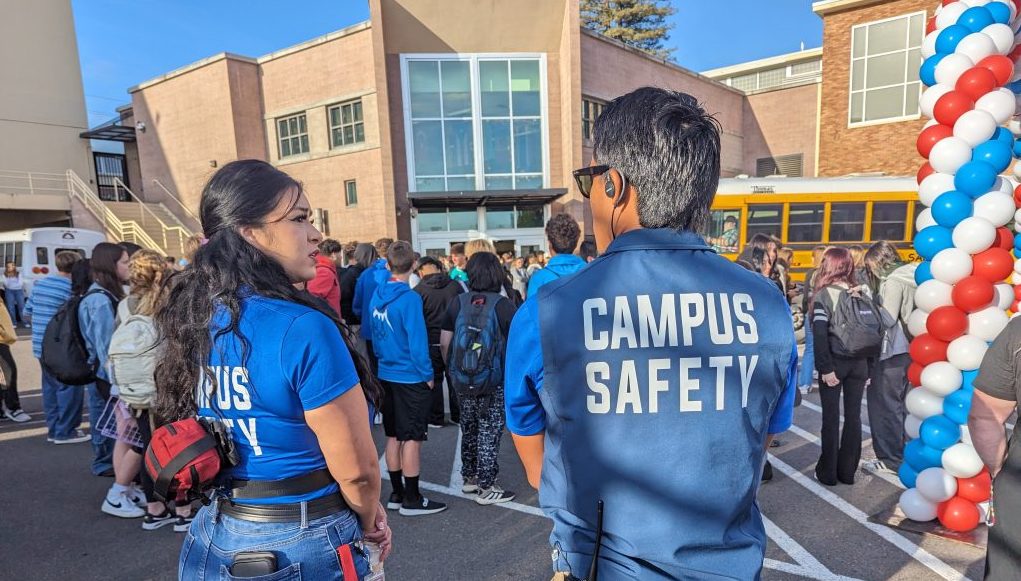
Focus patrols where the violence happens
Violent hot spots in Salem are “tightly clustered” as “about 65% of all homicides and nonfatal shootings from 2018-2023 occurred within just over five square miles,” researchers reported.
Salem’s northeast region bears the brunt of gun violence. But the report looks only at shootings in Salem city limits, excluding large areas of unincorporated east Salem, including the north part of Northeast Lancaster Drive and the Four Corners area where the Marion County Sheriff’s Office responds to reports of violence.
Sgt. Grant Davis, who oversees Salem police’s crime analysis unit, said the department does not track shootings outside city limits.
Regarding whether the agency could collect such information from Marion County, Davis said, “We’re still trying to get a wrap around what’s going on in the city. But I think as we start to evolve as agencies and start looking at things on a bigger scale, that that might be a conversation later on.”
The report said Salem police need to “focus patrols, targeted enforcement and problem-oriented policing” in the northeast portion of the city experiencing the most gun violence.
“Update place-based enforcement priorities regularly to ensure that activities are consistently directed toward the highest-risk areas,” the report said. “Citywide outreach, service delivery, and other place-based crime prevention projects should prioritize individuals and neighborhoods within these noted locations.”
Salem police cover six patrol districts to ensure “that the calls are more evenly distributed to complement our staffing levels and call volume,” according to Hedrick.
She said the department established that format based on a 2021 police staffing study, which described a need to make patrols more efficient.
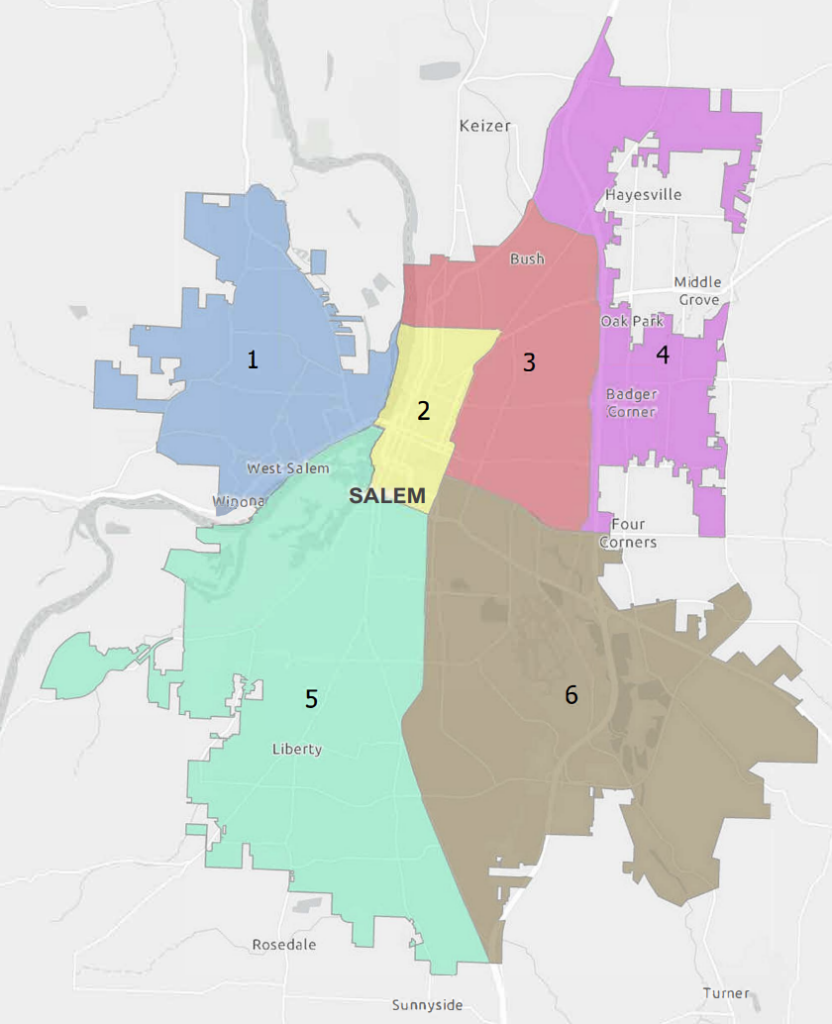
Joint law enforcement work
Researchers found that about 69% of shooters and victims in Salem were involved in the criminal justice system – most of them extensively – before their involvement in a shooting.
Researchers recommended that police need to create ways of identifying for judges the highest-risk and gang-involved people who are arrested for gun charges or violence. Researchers said that would allow court sanctions and conditions that could reduce people’s risk of future gun violence.
Such collaboration could use factors like bail and sentences to reduce the likelihood that people will “reoffend, retaliate, or be released back into gang-on-gang conflicts where further violence can occur,” the study found.
Womack, the Salem police chief, said in his public statement that his agency hears and shares the community’s concerns about mounting gun violence.
“Violence resulting in loss of life or serious physical or emotional injury leaves friends and families reeling, breeds anger and fear, further traumatizes the most vulnerable, and forever alters the trajectory of lives,” he said. “For your Salem police officers and staff, there is no higher priority than the protection of life and physical safety within our community—and we dedicate ourselves to that endeavor in ways that also build trust.”
Managing editor Rachel Alexander contributed reporting.
RELATED COVERAGE:
Salem shootings doubled, teen violence tripled in recent years, report finds
Key findings from the city’s gun violence report
Contact reporter Ardeshir Tabrizian: [email protected] or 503-929-3053.
SUPPORT OUR WORK – We depend on subscribers for resources to report on Salem with care and depth, fairness and accuracy. Subscribe today to get our daily newsletters and more. Click I want to subscribe!

Ardeshir Tabrizian has covered criminal justice and housing for Salem Reporter since September 2021. As an Oregon native, his award-winning watchdog journalism has traversed the state. He has done reporting for The Oregonian, Eugene Weekly and Malheur Enterprise.

